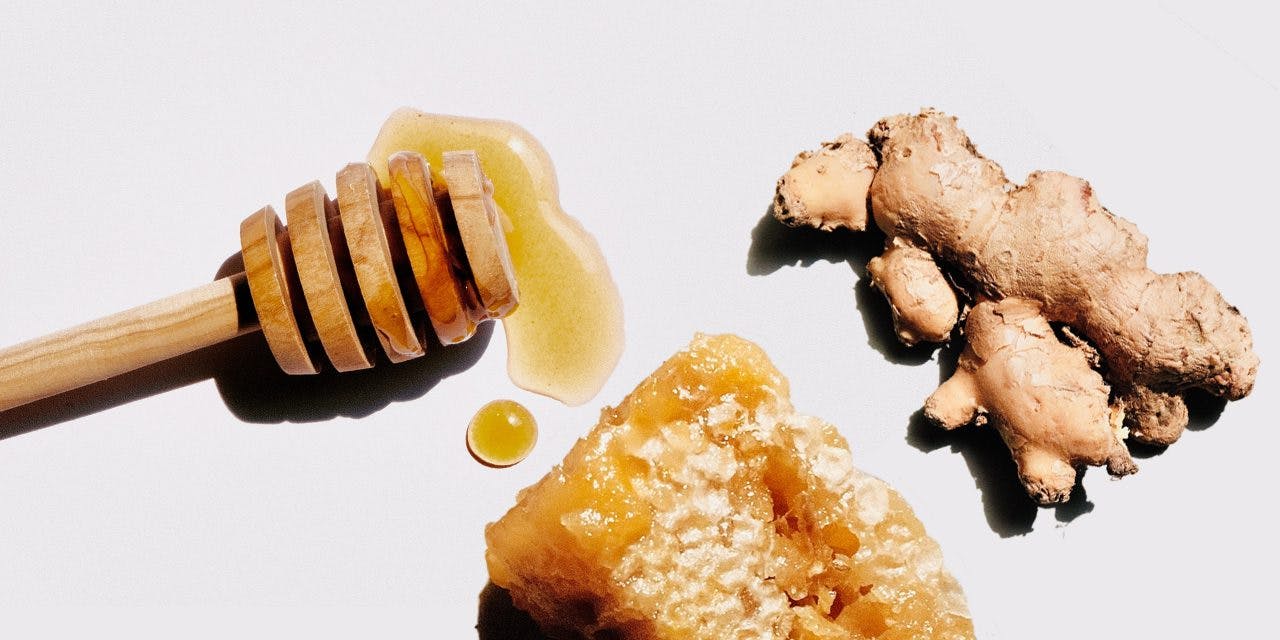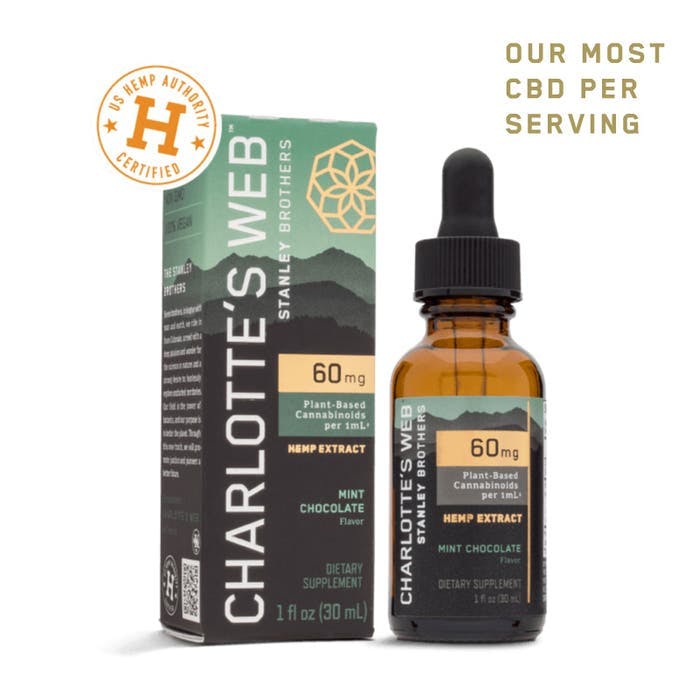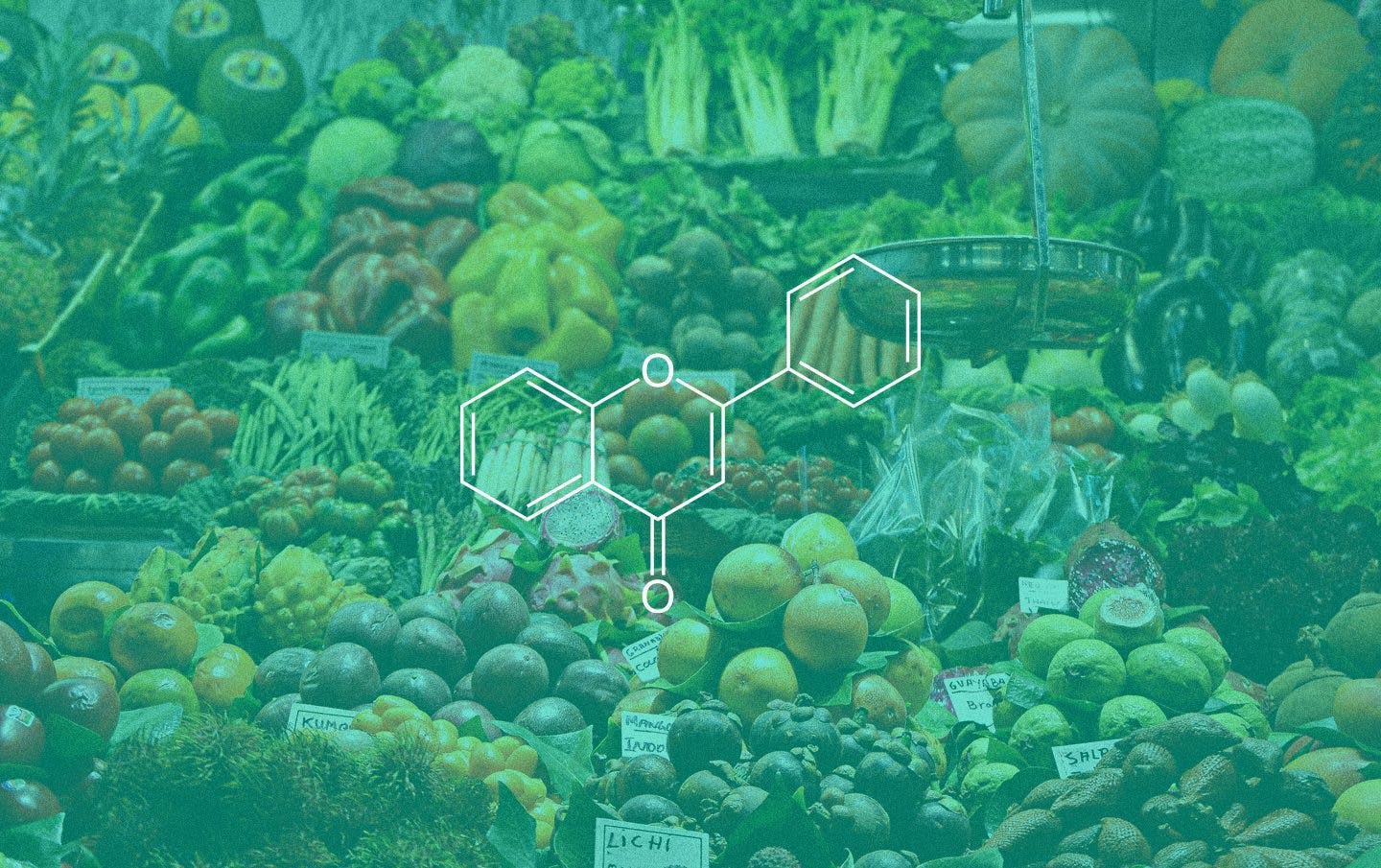What Is Galangin? Guide to the Flavonoid

Article written by

Tina MagrabiSenior Content Writer
Content reviewed by

Dr. Lewis JasseyMedical Director - Pediatric Medicine
Galangin is a bioflavonoid with potent anti-inflammatory and antioxidant effects. The flavonoid is found abundantly in honey and the roots of plants in the ginger family (e.g., Alpinia galanga, aka galangal or blue ginger). Galangin has been shown to have antiviral, antidiabetic, and anticancer effects. Galangin ranges from a floral, cinnamon, honey-like flavor to a more pungent, peppery, ginger-like taste.
Learn about the other health benefits of galangin, along with the flavonoid’s connection to cannabis.
Get your medical marijuana card
Connect with a licensed physician online in minutes.
What Is Galangin?
Galangin comes from the galangal root, a flavonoid or natural nutrient found in plants, including cannabis. Flavonoids like galangin have benefited health by reducing oxidative stress, an imbalance in the body that can trigger many common diseases, including cancer.
The most common food source of galangin is honey. Scientists have cited galangin as a functional food ingredient, and this classification means that galangin could be safely added to foods while serving potential medicinal or nutritional purposes.
How Galangin Works in Cannabis
The flavonoids in cannabis give both pigment (color) and flavor to the plant. Flavonoids like galangin influence how your senses perceive the cannabis product you consume in what you see, taste, and smell.
More importantly, the flavonoid galangin infuses the cannabis plant with therapeutic potency. Alongside terpenes and cannabinoids, flavonoids create a synergistic entourage effect that maximizes medicinal benefits. As these plant compounds work together, they bind to receptors in your endocannabinoid system and/or other receptors, connecting and sending messages to heal.
Taking galangin supplements is not the best way to experience the flavonoid because you’re missing out on the entourage effect. You will likely enjoy more benefits from galangin when consumed with other flavonoids, cannabinoids, and terpenes.
Health Benefits and Uses
Research on the health benefits of galangin is emerging. However, some studies have shown that galangin may have substantial health benefits in treating inflammation, combating viruses, fighting cancerous tumors, and more.
Furthermore, global cultures, including people in southern India, have traditionally used the galangin treatment for many conditions like cancer. The widespread use of galangin in Eastern medicine includes a cough suppressant, asthma treatment, rheumatoid arthritis abs as an anti-inflammatory.
Western medicine and science have confirmed some of these benefits and has found some other potential applications for other health conditions:
Galangin and Cancer
Galangin could be an alternative treatment to chemotherapy for some people with cancer. Cutting-edge research published in 2021 in the journal Biomedicine & Pharmacotherapy revealed that galangin could exert therapeutic actions against esophageal cancer, melanoma (skin cancer), lung cancer, ovarian cancer, and other types of cancer that typically have a poor prognosis. In addition, earlier studies have shown that, along with citrus juices, galangin could inhibit the growth of breast cancer cells.
Galangin and Diabetes
Scientists observed a control group of diabetic rats and discovered that the rodents had improved liver function after galangin administration. According to the authors of the animal study, these results demonstrate the antioxidant and anti-inflammatory properties of galangin. One human cell study shows that galangin (and the flavanone, pinocembrin) alleviates insulin resistance.
Galangin and Ulcerative Colitis
Recent research out of China has shown that galangin could help prevent ulcerative colitis, an inflammatory bowel disease (IBD). Researchers reported that galangin administration decreased inflammation while improving colon health and levels of “good” bacteria in the gut microbiome.
Galangin and Arthritis
Galangin has been shown to protect human fibroblasts (cells that maintain connective tissue structure) and reduce inflammation associated with rheumatoid arthritis. Recent studies suggest that galangin could have similar protective and anti-inflammatory effects for the treatment of osteoarthritis.
Galangin may also be effective against other diseases and conditions, and more research is warranted on this powerful flavonoid.
Side Effects of Galangin
Despite the health benefits of galangin, side effects may also occur in some people, especially those who take the flavonoid as a dietary supplement. The side effects of high levels of galangin may include:
- Reduced appetite
- Excessive urination
- Lowered energy levels
- Coma or death (in infrequent instances)
Consult with your doctor before taking galangin supplements. Like most dietary supplements, galangin supplements have not received FDA approval.
Keep in mind: the best way to experience any plant compound, including galangin, is straight from the natural source and through your diet. Although flavonoid-based supplements are generally relatively well-tolerated, plants tend to have several compounds that can help reduce any negative side-effects of consuming too much of another compound. These aren’t always present in supplements, making a lethal dose intake more likely.
Experience a rich variety of flavonoids and other plant nutrients like galangin with a medical marijuana card. Apply for your MMJ card through Leafwell’s online clinic today and get your passport to enjoy the potential health benefits of cannabis legally.
Get Your Medical Card
Connect with a licensed physician online in minutes.
Frequently Asked Questions
What does galangin do?
Galangin is an incredibly potent flavonoid with diverse therapeutic applications, including potential cancer treatment, a tool against diabetes, a preventative measure against inflammatory bowel disease (IBD), and an anti-inflammatory to help manage arthritis and other chronic pain.
Which food has the most galangin?
Honey is a rich source of galangin, as are the plants lesser galangal and greater galangal. Bee glue (aka “propolis,” made from plant resin and bee saliva) is also rich in galangin and has been used in traditional medicine to treat burns, sores, and swelling.



